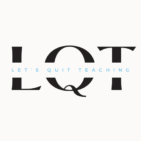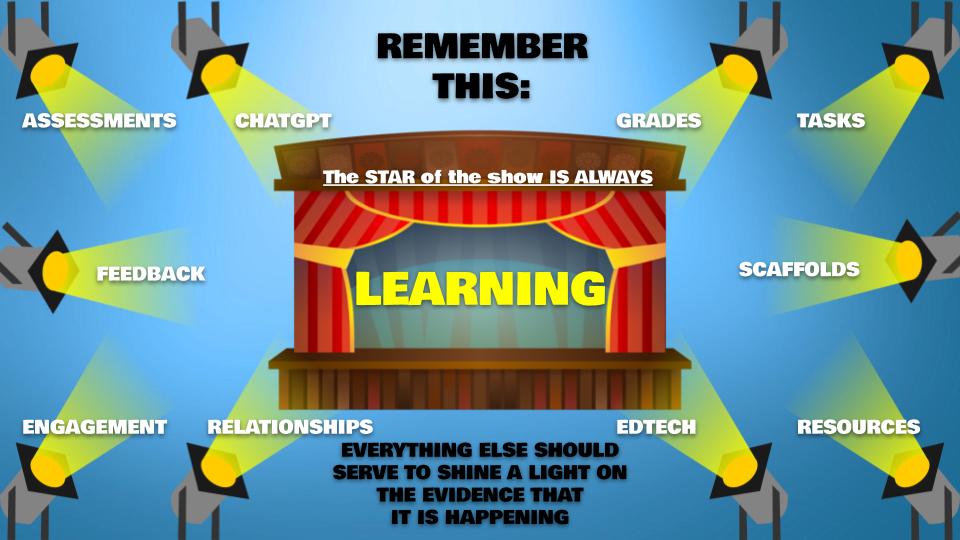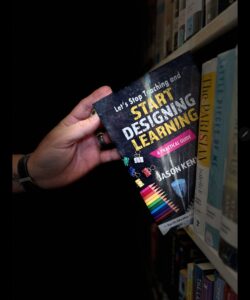If you were like me, I left student teaching having graduated from college with my teaching degree and entered a classroom ready to be the next Mr. Keating. I was ready to stand on desks, to inspire my students, to provide the most engaging lessons, and to suck out all the marrow of the teaching life. And I did just that. I spent the first 10 years of my career or so being the best teacher I thought I could possibly be. I found engaging materials. I presented riveting content. Kids loved my class. But I had missed the whole point of what education, and our jobs as educators, should be all about. And that is learning. We are charged and paid to elicit evidence of learning from our kids. How is that different from teaching?
Teaching has always lent itself more to content and compliance with the majority of the concentration being focused on what the teacher is doing in the classroom. We lecture, we drive class discussions, we assess, we grade, we do most of the heavy lifting relating to learning in the classroom. We ask kids to do work. We grade it. We test. We move onto the next round of content.
Learning, though, the kind of learning we really want out of our kids looks a little different. If I have decided that the kids coming to my classroom are learners who need opportunities designed for them to learn, well, that requires design on my part. Now you will say, “What about lesson plans? Isn’t that a design?” Not exactly. A plan tends to be just a sequence or order in which I do things, cover material, give assessments, etc. A design is more specific than that. Designing requires a specific set of proactive actions, tools, intentional choices to be considered and put into place. Typically, I can plan a vacation by deciding where I want to go, the route I want to take, the method of transportation. But if I want to design a vacation I am looking at the individual interests of participants, the availability of activities, the weather, any accommodations needing to be arranged ahead of time, the weather, and anything else that will enhance the vacation experience to its fullest.
How does that impact what we do in the classroom? Through design, we can turn learning back over to the students. Here’s a simple example: How many classes have you seen or been a student in yourself, where kids have fill-in-the-blank notes and then complete said notes by copying words directly off of a presentation in class? The teacher is reading, maybe making some comments. That’s one way teachers teach content. But, what is really being “learned” by moving a word from a screen to a piece of paper? If the information is necessary, why not just hand kids the completed notes in the first place and say, “Here is some information you will need to use later when you will have to […] ?
That blank will represent the task you choose for your students to work through that results in evidence of learning. Think about the guided notes? Do they produce evidence of learning or just compliance? We have to make everything we bring to the classroom a spotlight to shine on learning. Learning is the star of the show. Whatever we bring into the classroom, be it technology, projects, activities, notes, collaboration, assessments, discussions, everything must point the light to the evidence of the learning happening. Otherwise, we may be putting something else in the lead of the show like entertainment, compliance, content. Make sure to always question if learning is center stage in all that we choose for the classroom.


